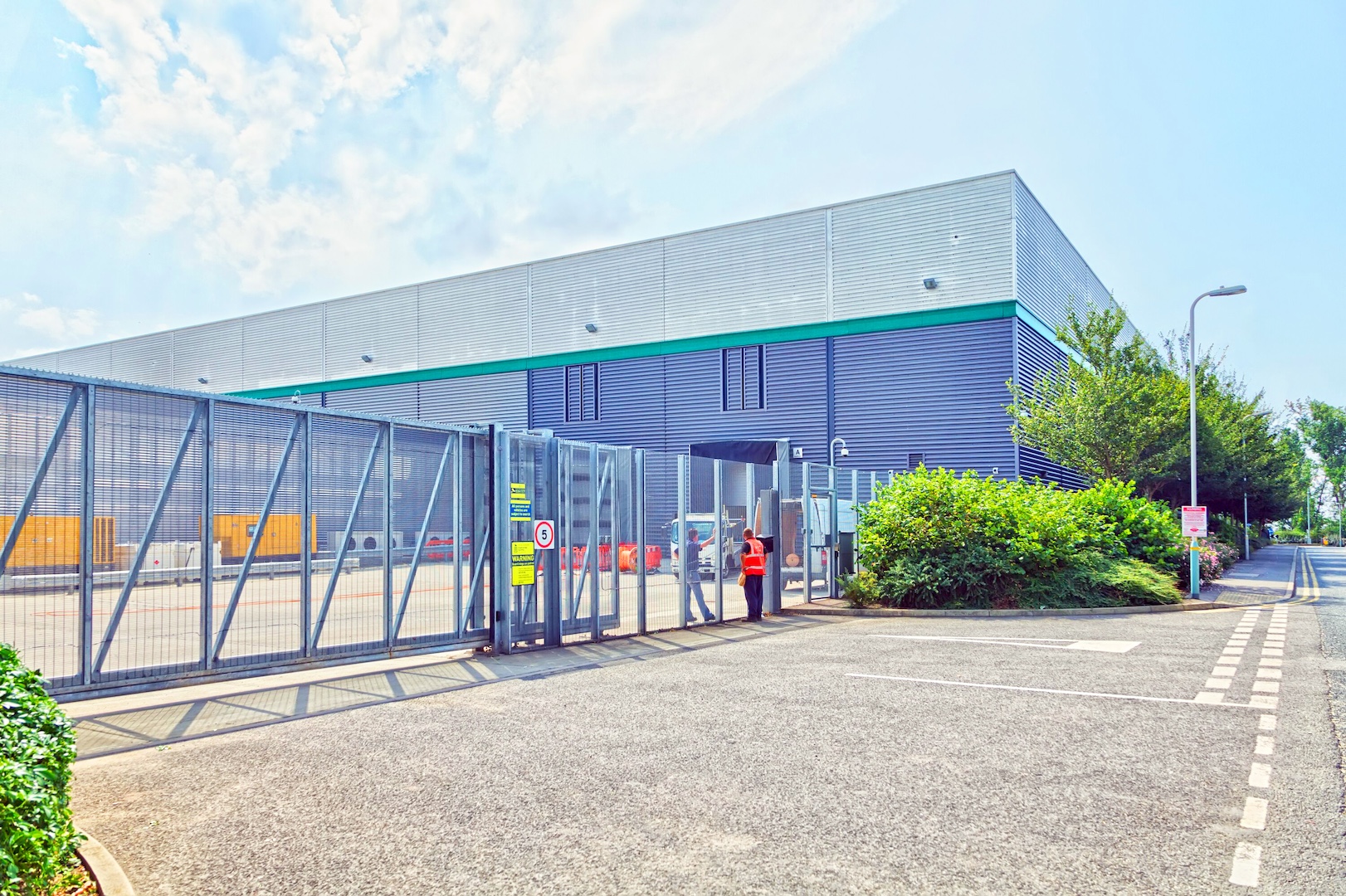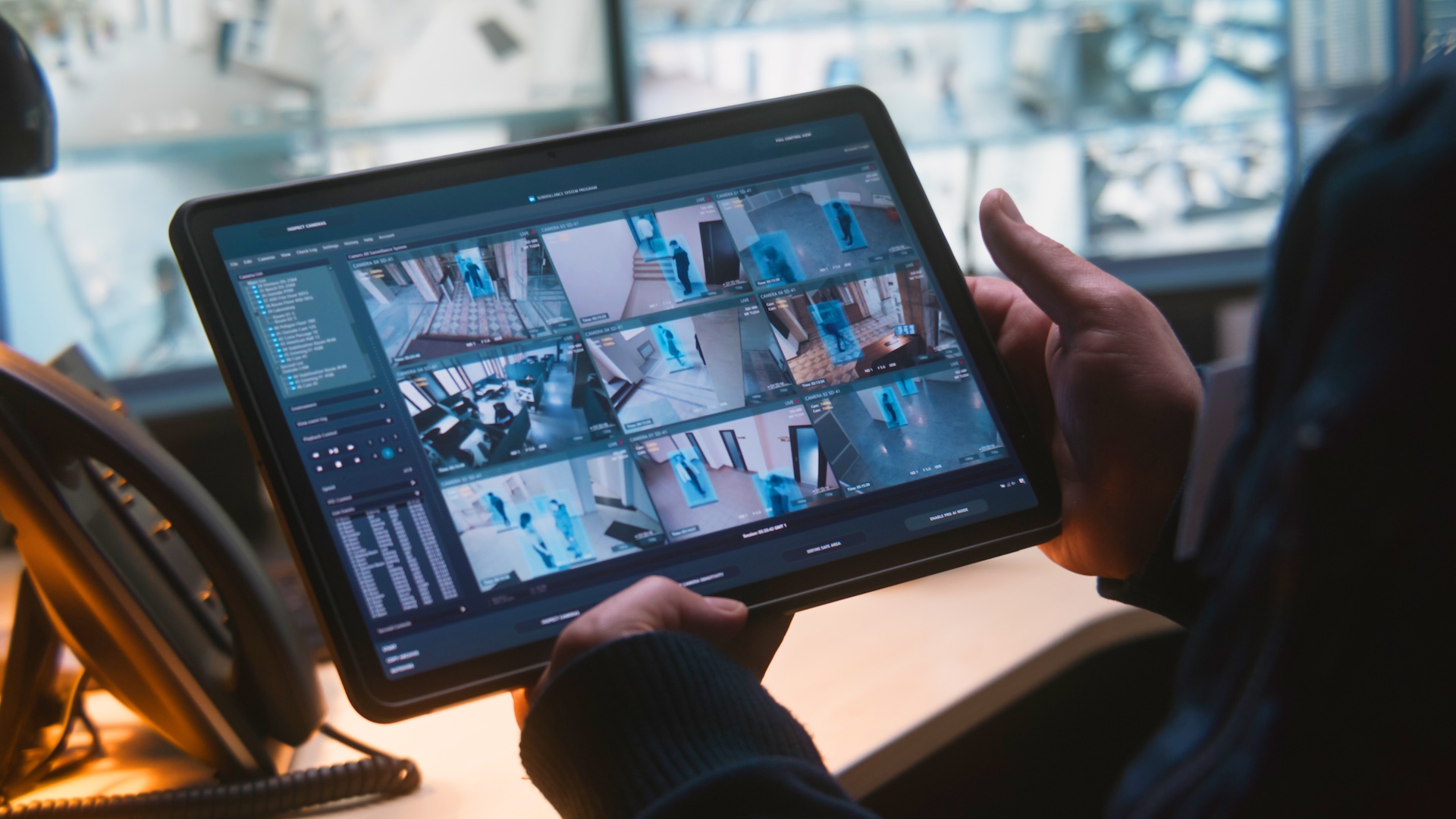
The significant transformation of logistics real estate has brought an increased emphasis on the critical roles of warehouse security and IT network infrastructure. Physical security is not just about protecting assets but also ensuring the safety of people and maintaining efficient operations. As such threats as theft, vandalism, terrorism and cyberattacks become more sophisticated, comprehensive security measures, integrated with advanced warehouse IT systems, become increasingly important. This article explores the key aspects of warehouse security and IT infrastructure, drawing insights from current industry best practices.
A Modern Threat Landscape
Effective warehouse security begins with a thorough threat assessment, which involves identifying potential threats and vulnerabilities unique to each facility, such as geographical location, local crime rates, surrounding infrastructure, product value, trade secrets, proprietary data and tenant profiles. Understanding the specific risks associated with a warehouse allows customized security measures to mitigate threats.
Key Considerations for Warehouse Security

Perimeter security
Securing the perimeter is the primary defense against unauthorized access. Fencing, walls, doors, gates, lighting and barriers should be designed to deter intruders while allowing authorized personnel and vehicles secure access.
Access control
Implementing robust access control systems is essential to regulate entry into a logistics facility. Modernized access control eliminates the legacy security risks of traditional lock and key by providing centrally managed and monitored access credentials and reporting. Access permissions are strictly defined based on roles and responsibilities and include automated gate attendants, electronic key card systems tied to real-time camera verification, retractable bollards, turnstiles, metal detectors, weapon detection systems and visitor management protocols.
Surveillance systems
Real-time high-resolution event monitoring is critical to observe and record activities in and around properties. Visual, audio and environmental sensors provide a comprehensive view of facilities. Strategically positioned high-definition cameras offer loss-prevention capabilities, enhance employee safety, provide valuable evidence for investigations and potentially lower insurance premiums.
Intrusion detection
Sophisticated systems—including human detection, license plate capture, motion sensors, glass break detectors and perimeter alarms—are pivotal as early warnings against intruders. Automated integration with advanced surveillance and access control solutions enhance overall security as well as boost situational awareness and response capabilities significantly.
Lighting and landscaping
Effective lighting and landscaping can deter criminal activities and improve visibility for security personnel and surveillance cameras. Illuminated pathways, parking lots and building perimeters reduce blind spots.
Security personnel
Security personnel, equipped with proper training and resources to handle security incidents, integrated with advanced technologies, such as autonomous robotic security dogs, complement technological security measures by providing human intelligence, rapid-response capabilities and a visible deterrent.
Integration and Automation in Security Systems
Centralized management and monitoring of physical security measures are crucial to improve employee safety, loss prevention and facility operations. Integrating systems—like access control, video surveillance and intrusion detection—streamlines operations, improves response times and facilitates data-driven decision-making. Automation features—such as event-triggered alerts and remote monitoring—enhance efficiency and reduce manual interventions, creating a more responsive and resilient security infrastructure.
IT Infrastructure: The Backbone of Modern Warehouse Security
Integrating warehouse IT systems with physical security systems is essential to create a cohesive and effective security environment. Network infrastructure that supports warehouse security systems include:

Network security
As warehouses become more connected, robust network security becomes critical. Protecting an IT infrastructure from cyber threats—such as hacking, phishing and malware—involves implementing firewalls, encryption, secure access protocols and regular security audits.
Data management and analytics
Advanced security systems generate vast amounts of data. Effective data management and analytics are necessary to interpret the data and make informed decisions. Real-time analytics can identify patterns and anomalies, enabling proactive responses to potential threats.
Cloud computing
Cloud computing offers scalable and flexible solutions to manage security systems, allowing for centralized data storage and management, remote monitoring and the ability to scale security measures quickly when needed. Cloud-based solutions also support disaster recovery and business continuity by ensuring important security data is backed up and accessible from anywhere.
Internet of Things (IoT)
IoT devices play a significant role in modern warehouse security. Sensors, cameras and other internet-connected devices provide real-time data on environmental conditions, access control and surveillance. Integrating IoT devices with centralized security systems enhances situational awareness and enables automated responses to security events.
Cybersecurity measures
With the increasing convergence of physical and cyber security, robust cybersecurity measures are crucial and include protecting physical security systems from cyberattacks, ensuring secure communication between devices and safeguarding sensitive data. Regular updates and patches, employee training on cybersecurity best practices and implementing strong access controls are vital components of a comprehensive cybersecurity strategy.
Advance Your Warehouse Operations with Improved Security and IT Systems
Security and IT infrastructure are inextricably linked in modern warehouse operations. By understanding the threats, implementing robust physical security and integrating advanced IT infrastructure, warehouses can be a secure and efficient environment for operations. Logistics real estate companies like Prologis exemplify best practices in this area, demonstrating that proactive security measures protect assets and people as well as enhance operational efficiency and resilience. As threats continue to evolve so, too, must the strategies and technologies used to counter them, ensuring warehouses remain safe and productive spaces in the global supply chain.


